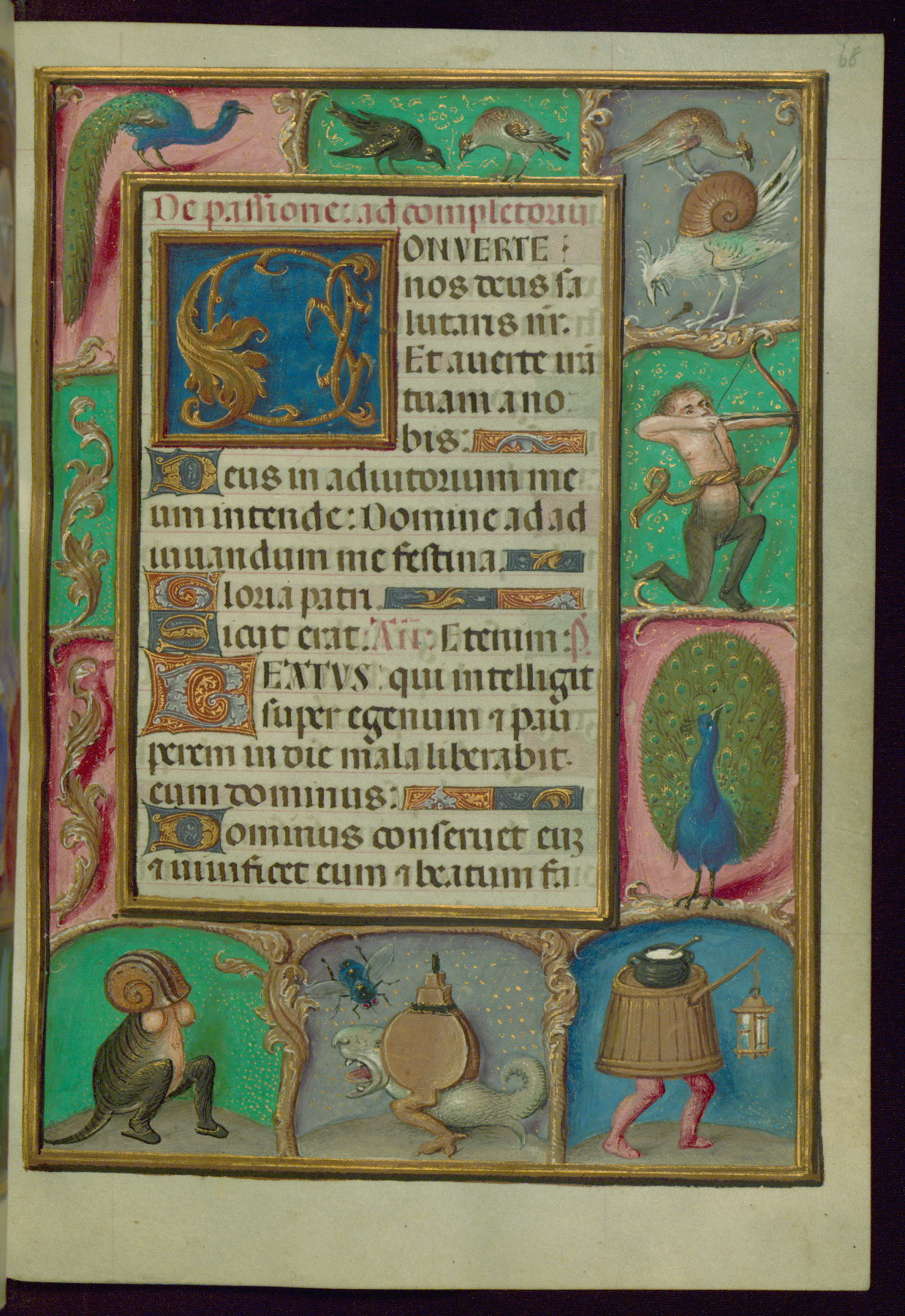

- #Medieval illuminated manuscripts snails for free
- #Medieval illuminated manuscripts snails professional
The British Museum revealed some of the more unusual 2020 finds, mostly by amateurs with metal detectors, as it published the latest annual treasure report covering objects found in 2018. “What it meant to the owner, or what went through the mind of the maker … I just don’t know,” said Nenk. The museum called it a form of “medieval meme”. Less so are the comic intricacies of a male knight wearing a Norman-style helmet, apparently praying, with one leg lunging forward as he steps from a snail on a goat. That at least is graspable for modern audiences. Nenk said satire was often found in medieval material culture, with one of the most popular visual gags being a monkey, in place of a doctor, examining a flask of urine for its clarity and colour – the go-to method for diagnosing medieval ailments. That could mean it is “a satirical reference to cowardly or non-chivalric behaviour of opponents in battle, or as a parody of the upper or knightly classes”. Nenk said snails were often depicted in the margins of medieval illuminated manuscripts, thought to symbolise cowardice.

The best guess is that its owner commissioned it and wore it as a badge, or attached it to a leather belt or strap. Please review the following Procedures for Manuscripts Access and Handling Guide before submitting an application.The “snail-man” object, just over 2cm long, was discovered by a metal detectorist in a field near Pontefract, West Yorkshire, in September last year. Researchers should apply far in advance of a possible appointment to allow time for curators to review your application.Īll interested parties may apply for an appointment in the Manuscripts Study Room to access microfilms and research files about the collection.
#Medieval illuminated manuscripts snails professional
Applications require a letter of recommendation from a professor or professional contact in the field. We consider applications to study manuscripts in the collection only from qualified researchers with a demonstrated need for primary source materials.
#Medieval illuminated manuscripts snails for free
This exhibition presents a remarkable example from each faith tradition.Īll illuminations represented in the Getty’s Manuscripts collection (over 7,000 images) are available online for free download through the Getty’s Open Content Program.Īdmission to the Manuscripts Department Study Room is by application and appointment only.Īccess to the original manuscripts is limited due to their rarity and the special handling requirements for this fragile material. The sacred scriptures of Jews, Christians, and Muslims are among the most beautifully illuminated manuscripts of the Middle Ages. The Art of Three Faiths: Torah, Bible, Qur'an

The bestiary was one of the most important sources on animals from the Middle Ages, serving as a kind of medieval encyclopedia that placed each creature within a Christian framework and conception of creation. This luxury manuscript featured decoration by prominent early Renaissance artists. In the 1340s, families in Florence, Italy sang with musical accompaniment from the Laudario of Sant’Agnese.

The works of art in this exhibition reveal the intersections between power, justice, and tyranny and illustrate the constant struggle between noble aspirations and base human instincts. In the medieval period, as throughout our world today, the use and abuse of power was a subject of intense discussion, inspiring works of art that expose the divide between political ideals and realities. Power, Justice, and Tyranny in the Middle Ages But it would be nearly one thousand years before artists began representing Balthazar as a Black African. The online exhibit provides a close look at 15th-century images of the African king against the backdrop of Afro-European contact, which included trade and diplomacy as well as the painful legacies of enslavement. Balthazar: A Black African King in Medieval and Renaissance ArtĮarly medieval legends tell us that the youngest of the three kings who paid homage to the newborn Christ Child in Bethlehem was from Africa.


 0 kommentar(er)
0 kommentar(er)
